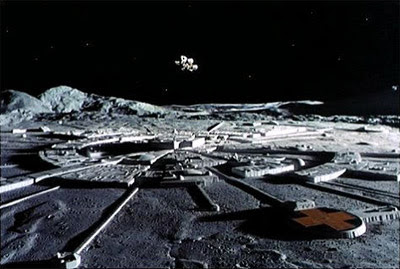
Announced earlier in the week, the station will weigh 60 tons; about one seventh of the mass of today's International Space Station. Unmanned, its first module should be launched later this year, and then hooked up to two following manned modules. Participating in the briefing, astronaut Yang Liwei admitted the Center's engineers were finding the development of sophisticated docking technology, needed to create the country's first multi-module spaceship, to be a challenge.
"In 2003 China became the third nation to put a man into space. The first Chinese space walk followed five years later in 2008."
Looking ahead, China wants to put a man on the moon by 2025 and then send a man to Mars before the year 2060. Of course the dream does not end there.
Read More
"In 2003 China became the third nation to put a man into space. The first Chinese space walk followed five years later in 2008."
Looking ahead, China wants to put a man on the moon by 2025 and then send a man to Mars before the year 2060. Of course the dream does not end there.
Read More



















